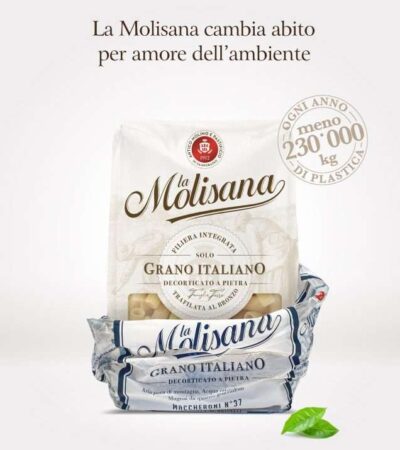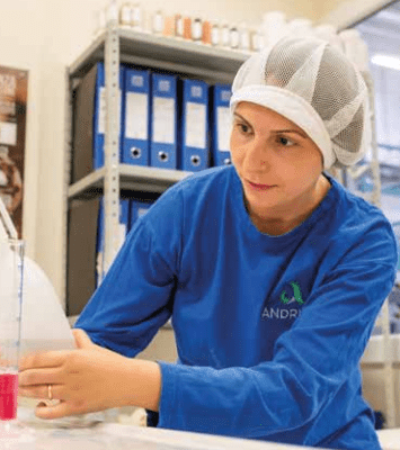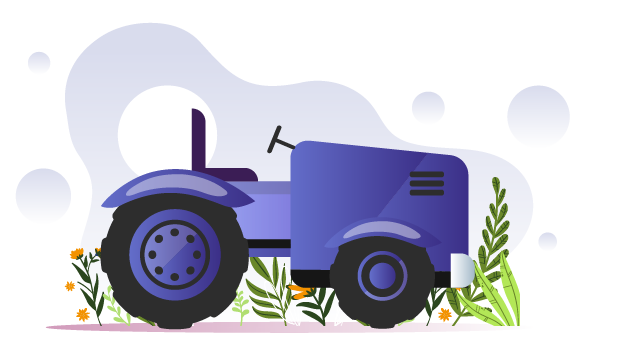Agrifood
Circularity addresses the entire agri-food chain: from the farmer to processing and food packaging companies. We also address the problems that characterize the relationship between the food industry and packaging.

Current scenario for the agri-food sector
Of the food produced globally for consumption is not eaten
89 million tonnes of food wasted in Europe each year
| Of global emissions is caused by food waste |
European directives and targets for applying the circular economy in the agri-food sector
- Implement measures to reduce food waste by 30% by 2025 and by 50% by 2030.
- Recycle at least 70% of packaging waste in the next 10 years.
Why it is important for agribusiness to go circular
A circular economy approach in agri-food allows for the recovery of resources and raw materials, reusing them for as long as possible and significantly reducing the negative externalities of production cycles. Circularity can be applied at all stages of the agri-food chain: from growing and processing food to packaging and waste management. Waste is a unique resource for the production of bio-materials with numerous applications.
In addition to the important environmental benefits, adopting a circular economy approach to the food sector brings tangible industrial and economic advantages, such as increasing capital inflows, attracting green talents and consumers, increasing brand value and complying with evolving European regulations.

How to make the agri-food sector more circular
- Reduce food waste throughout the supply chain
- Reduce the use of packaging and, when necessary, prefer packaging made of biodegradable materials
- Improve efficiency throughout the supply and distribution chain
- Give new life to production waste by recycling or repurposing materials
- Promote the consumption of environmentally sustainable food by encouraging a plant-based diet
Circular Economy in the agri-food sector: good examples
Some agri-food companies have turned their business into a virtuous example of the circular economy. Thanks to a systemic overview, they have managed to exploit their resources to benefit themselves and the environment.
Several agri-food companies have reused waste as a secondary raw material as an alternative to cellulose for product packaging. One example is that of the by-products from milling wheat, barley and rye that can no longer be used for food consumption and are recovered to be transformed into cellulose for paper production.
From the production waste of the apple industry (peels and cores resulting from the pressing of the fruit), which used to be sent directly to biogas plants, some agri-food companies have succeeded in producing new sustainable consumer goods, from clothes to notebooks. By adding apple fibers to cellulose, it is possible to produce different types of paper.
Some food companies have succeeded in making virtuous use of carrot processing waste. The pulp recovered from juice or puree production waste is dried and processed into vegetable flour for the noblest of applications. One example? It can be used as a gluten-free ingredient in a sector with a great need for natural products.
Circularity, the sustainability partner for your agri-food business
Circularity can help you rethink your company’s production model from a sustainable perspective, supporting you in the recovery of non-recoverable waste, the sustainable use of resources and the implementation of environmental protection activities.
By starting your circular journey with us, you will become part of an industrial symbiosis system made up of a multitude of virtuous companies, in which the waste from one production process becomes the input for the next.




